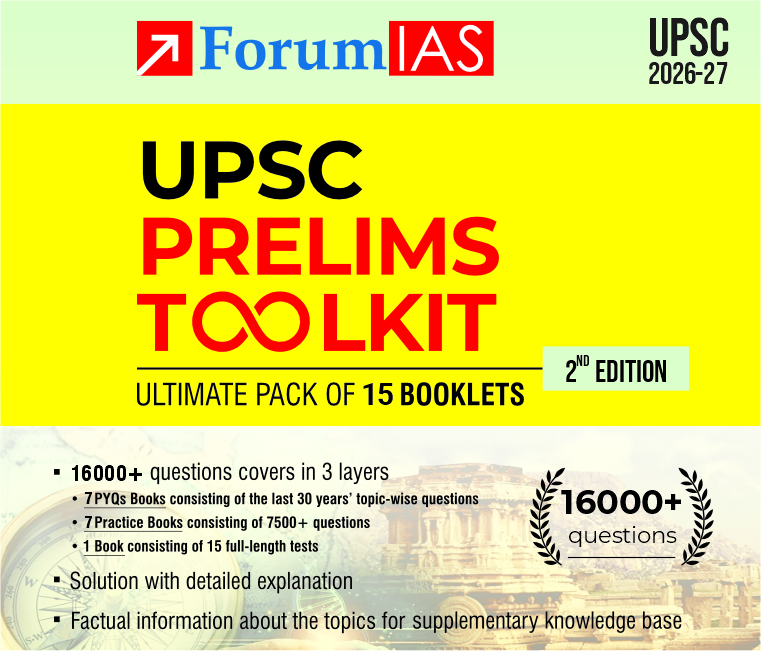Good Evening Friends,
We are Posting Today’s Prelims Marathon
About Prelims Marathon – In this initiative, we post 5 high-quality MCQs daily. Questions are based on the static part of the syllabus. We at ForumIAS believe that practising quality questions on a daily basis can boost students’ prelims preparation.
For old Archives of Prelims Marathon, Click on “Archives”
[WpProQuiz 1430]







4 of 5 answered correctly.
Global Drylands initiative- IUCN
Good job!!
RESULTS
5 of 5 questions answered correctly
Your time: 00:01:38
You have reached 5 of 5 scores, (100%)
RESULTS
5 of 5 questions answered correctly
Your time: 00:01:31
You have reached 5 of 5 scores, (100%)
4/5
Global Dryland Initiative — IUCN
Velavadar NP–only tropical grassland NP in india